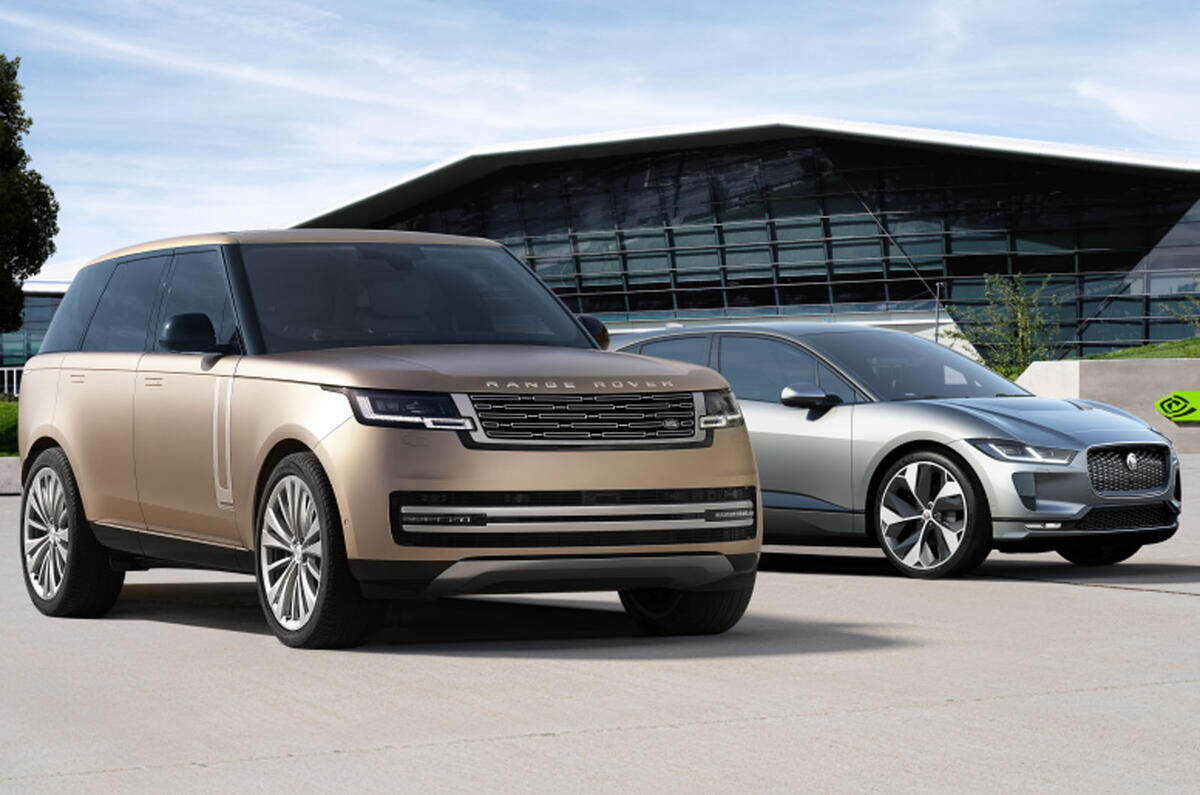Jaguar Land Rover (JLR) has laid out ambitious targets for the reduction of greenhouse gases across its production processes and vehicle fleet by 2030.
In line with objectives set out in the 2015 Paris Agreement – an international treaty aimed at keeping global warming to less than 1.5deg C – Jaguar Land Rover will slash greenhouse gas emissions from its operations by 46% over the next eight years, and emissions from its value chains by an average of 56%.




Join the debate
Add your comment
Jaguar are slashing emissions already, by selling a lot less cars.